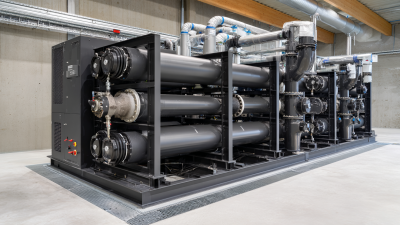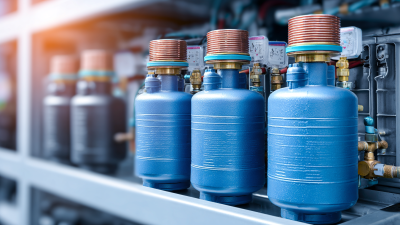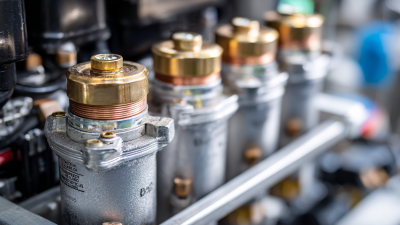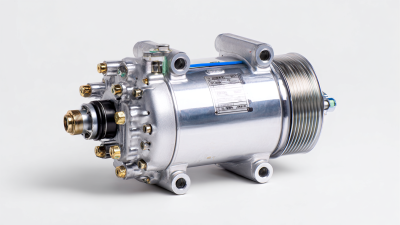
In the evolving landscape of industrial processes, the role of filter dryers has become increasingly critical. These sophisticated engineering solutions are designed to enhance the efficiency of solid-liquid separation and drying operations across various sectors, including pharmaceuticals, chemicals, and food processing. According to a report by the Global Market Insights, the filter dryer market is projected to witness substantial growth, with an expected CAGR of 6.5% over the next five years, driven by the increasing demand for high-quality end products and regulatory compliance.
Renowned industry expert Dr. Jonathan Reynolds, who specializes in drying technologies, emphasizes the significance of filter dryers in modern manufacturing. He noted, "The optimal design of filter dryers not only improves product quality but also reduces operational costs by minimizing waste and energy consumption." This assertion highlights the dual benefits of adopting advanced filter dryer systems, catering to both economic and environmental considerations in industrial practices.
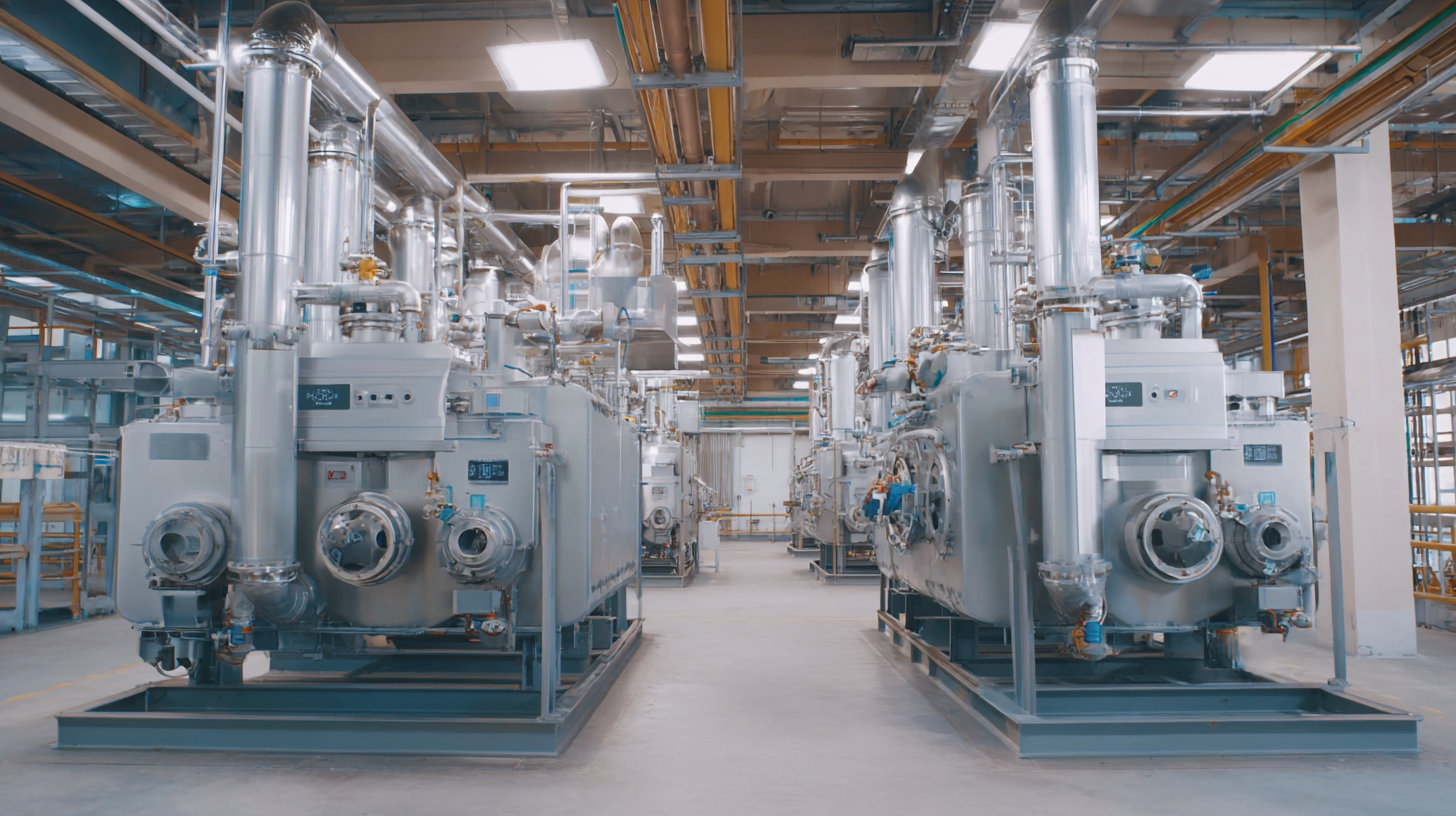
As manufacturers seek to optimize production processes while adhering to stringent quality standards, understanding the science behind filter dryers becomes a vital component. By delving into the mechanisms and applications of these systems, industries can leverage their potential to streamline operations, enhance product purity, and ultimately foster sustainable growth.
Filter dryers play a crucial role in enhancing product purity and quality across various industrial processes, primarily by effectively separating solids from liquids. The combination of filtration and drying in a single unit allows for the efficient removal of moisture, ensuring that the final product contains minimal contaminants. This integrated approach not only streamlines production but also reduces the risk of cross-contamination, which is vital in industries such as pharmaceuticals, food processing, and chemicals.
Moreover, filter dryers contribute to improved product consistency and quality control. By maintaining tight control over the drying process, manufacturers can achieve uniform moisture content in their products, which directly impacts shelf life and performance characteristics. The use of filter dryers also minimizes the potential for oxidation and degradation of sensitive materials, preserving the integrity and effectiveness of the final output. As a result, the application of filter dryers in industrial settings significantly enhances both the purity and quality of products, meeting the stringent requirements of modern manufacturing and regulatory standards.
Filter dryers play a crucial role in various industrial processes by effectively removing moisture from wet materials. The efficiency of these systems is influenced by several .
One major consideration is the design and configuration of the filter medium itself. Selecting the appropriate filter material can significantly enhance the drying process, allowing for better moisture removal while minimizing the risk of product contamination.
Additionally, factors such as pore size and permeability directly impact the flow rate and efficiency of drying operations.
Another critical factor is the temperature and pressure conditions within the dryer. Higher temperatures typically promote faster evaporation of moisture, but they must be carefully balanced to avoid thermal degradation of the product. Furthermore, maintaining optimal pressure conditions ensures consistent airflow and moisture removal efficiency.
Lastly, the design of the dryer system—whether batch or continuous—also plays a significant role in determining efficiency, dictating the operational strategy and impact on overall productivity in industrial applications. Understanding these factors is essential for optimizing filter dryer performance and enhancing the effectiveness of industrial drying processes.
Filter dryers play a significant role in various industrial processes by ensuring the removal of moisture from products, which directly impacts quality and efficiency. Understanding the different types of filter dryers, particularly dry and wet mechanisms, is crucial for industries seeking optimal performance. For instance, baghouse dust collectors and cartridge dust collectors are prevalent choices, each offering unique advantages in terms of filtration efficiency and operational costs.
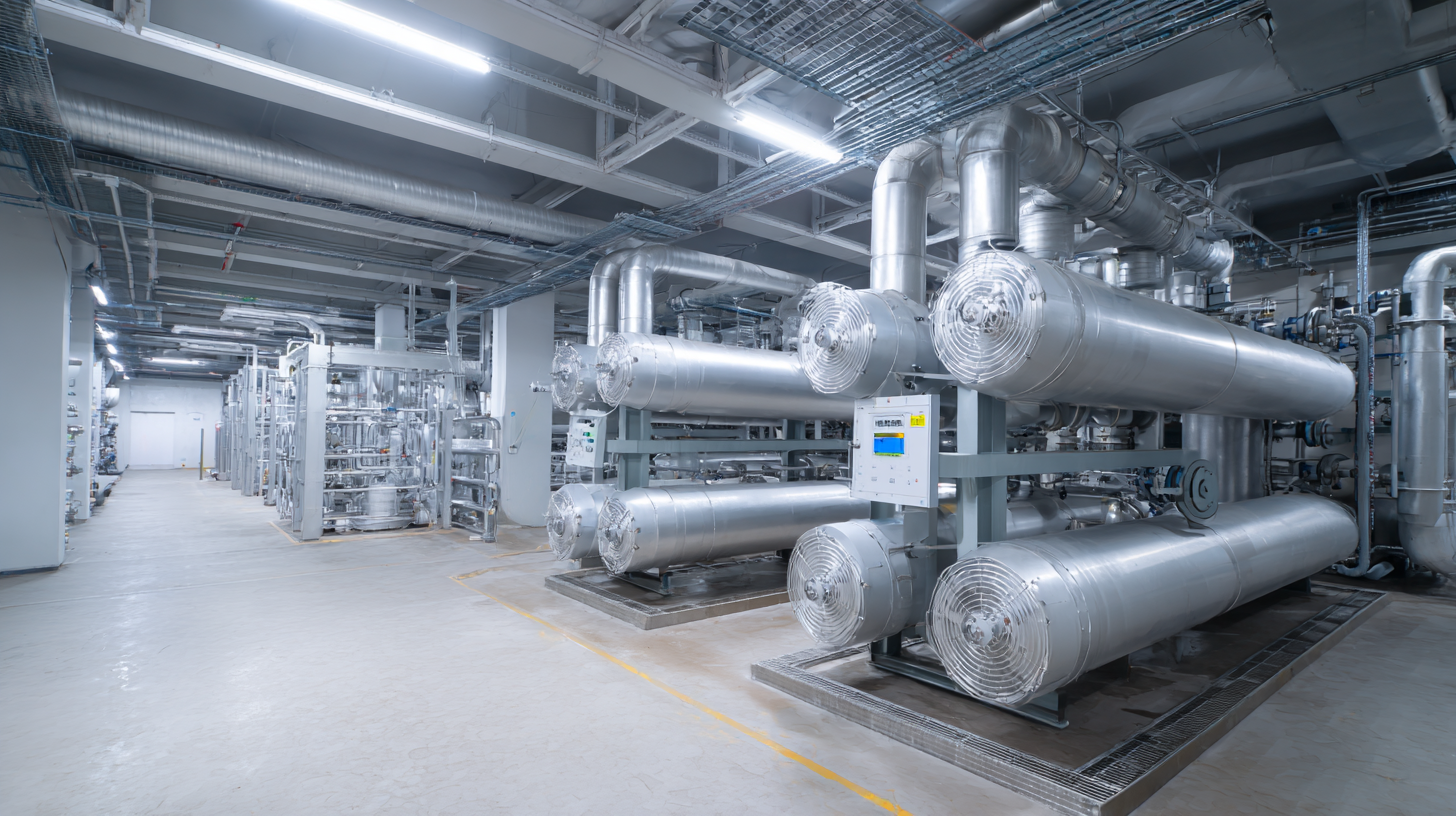
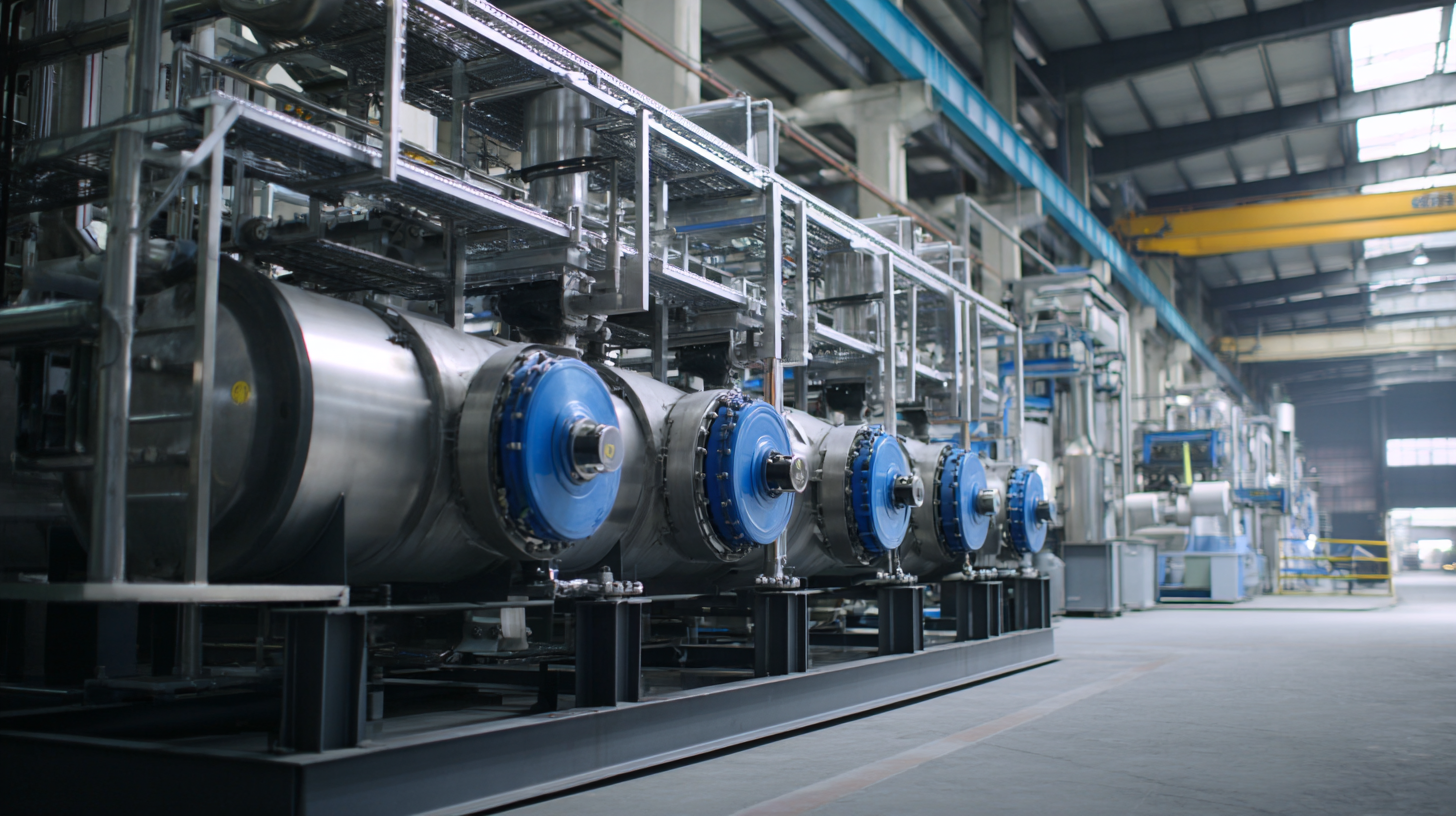 Filter dryers play a pivotal role in various industrial processes, ensuring efficient separation and drying while maintaining product quality. To optimize their performance, regular maintenance is essential. According to a report by the International Society for Pharmaceutical Engineering (ISPE), proper maintenance can reduce equipment downtime by up to 30%. Regular inspections, timely replacement of filter membranes, and preventive actions such as cleaning can significantly enhance the operational efficiency and lifespan of filter dryers.
Filter dryers play a pivotal role in various industrial processes, ensuring efficient separation and drying while maintaining product quality. To optimize their performance, regular maintenance is essential. According to a report by the International Society for Pharmaceutical Engineering (ISPE), proper maintenance can reduce equipment downtime by up to 30%. Regular inspections, timely replacement of filter membranes, and preventive actions such as cleaning can significantly enhance the operational efficiency and lifespan of filter dryers.
In addition to routine maintenance, optimizing operating conditions is equally vital. Studies indicate that fine-tuning parameters such as temperature, pressure, and drying time can improve moisture removal rates by as much as 25%. Implementing advanced controls and monitoring systems can offer real-time data analysis, allowing operators to make informed decisions that minimize energy consumption and increase overall productivity. For instance, companies that adopt a data-driven approach to filter dryer management report energy savings of up to 15% annually, underscoring the importance of best practices in maintenance and optimization.
The evolution of filter dryer technology has significant implications for various industrial processes, primarily driven by the need for enhanced efficiency and sustainability. One of the most promising trends is the integration of advanced automation and control systems, allowing for real-time monitoring and adjustments to optimize performance. Such systems can significantly reduce energy consumption and improve product yield, which is particularly vital in sectors like pharmaceuticals and food processing, where precision is paramount.
Another notable trend is the development of more versatile materials for filter dryer construction. Innovations in corrosion-resistant and thermally stable materials can extend the lifespan of these devices and reduce maintenance costs. Additionally, the shift towards greener manufacturing practices is prompting the adoption of technologies that lower emissions and minimize waste. As industries continue to prioritize sustainability, filter dryers that feature energy recovery systems and reduced solvent usage will become increasingly prevalent, signaling a transformative phase in industrial drying processes.

